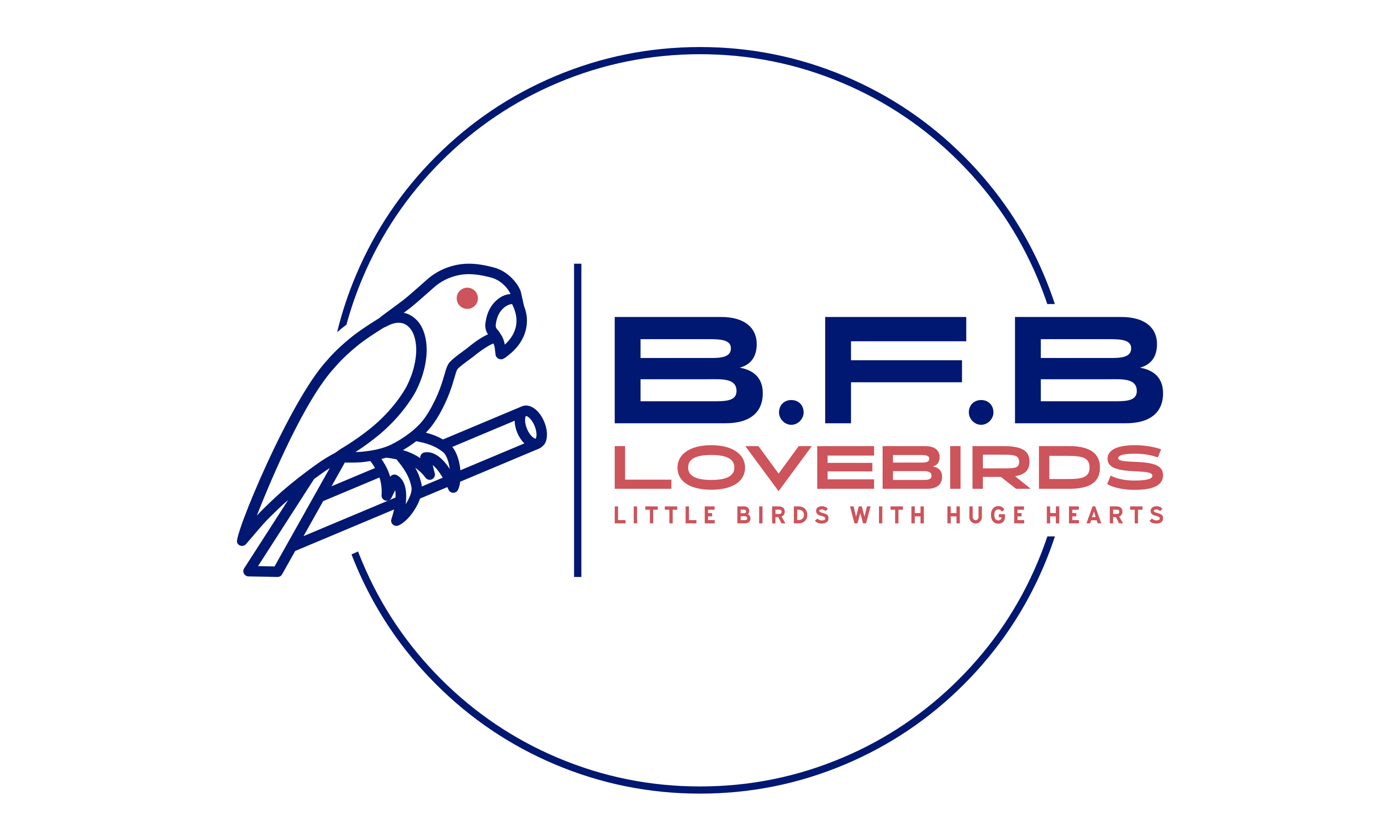Lovebirds are one of the most charming and colorful pet birds, widely admired not just for their vivid appearance but also for their sociable and affectionate nature. When it comes to their offspring, lovebird babies exhibit several fascinating traits and undergo a series of growth stages that are both intriguing and delightful to observe. In this blog, we will delve into the enchanting world of lovebird babies, shedding light on their development, care, and some captivating facts.
### The Beginning of a New Life
Lovebird babies hatch from eggs that are about the size of a grape. The female typically lays between 4 to 6 eggs in a clutch, though the number can vary. These eggs are incubated for about 22 to 24 days before the chicks make their appearance into the world. Unlike many birds, lovebird chicks are altricial, meaning they are born blind, featherless, and completely dependent on their parents for warmth and nourishment.
### Growth and Development
The growth of lovebird babies is remarkably rapid. Within just a few weeks, they transform from helpless chicks into fledglings ready to explore their surroundings. Here are key milestones in their growth:
– **First Week:** The chicks are tiny and vulnerable, with their skin appearing pink and translucent. The parents are highly attentive, keeping the chicks warm and feeding them a regurgitated mixture of seeds and fruits.
– **Second Week:** Pinfeathers begin to emerge, hinting at the colorful plumage that will soon develop. Their eyes also open during this period, welcoming them to their new world.
– **Third to Fourth Week:** The chicks grow more feathers and start to look like mini versions of their parents. They become more active and may even attempt to climb out of the nest.
– **Fifth to Sixth Week:** By this time, lovebird babies are usually fully feathered and begin to practice flying within the safety of their environment. They also start to eat solid food, though they are still fed by their parents.
### Feeding and Nutrition
Proper nutrition is crucial for the healthy development of lovebird babies. Initially, they are fed a regurgitated mixture of seeds, fruits, and vegetables by their parents. Breeders who hand-rear chicks often use a commercial hand-rearing formula, which is carefully prepared to meet the nutritional needs of growing lovebirds. As the chicks grow, introducing them to a variety of foods, including fresh fruits and vegetables, is important for their overall health and well-being.
### Fascinating Facts
– **Bonding:** Lovebird babies bond closely with their caregivers, especially if they are hand-reared. This early bonding makes them incredibly affectionate and loyal companions.
– **Learning to Eat:** Young lovebirds learn to eat solid food by mimicking their parents. This is a crucial survival skill that also helps in their socialization.
– **Vocalization:** Lovebird chicks start to vocalize within a few weeks of hatching. These initial sounds are crucial for communication with their parents and siblings.
### Conclusion
Raising lovebird babies is a rewarding experience that offers a unique insight into the development of these captivating creatures. From their vulnerable beginnings to their transformation into vibrant, affectionate birds, each stage of their growth is filled with wonder. Whether you are a seasoned bird enthusiast or someone considering raising lovebirds, understanding the needs and fascinating aspects of these babies can greatly enhance your experience and ensure the well-being of these delightful birds.

